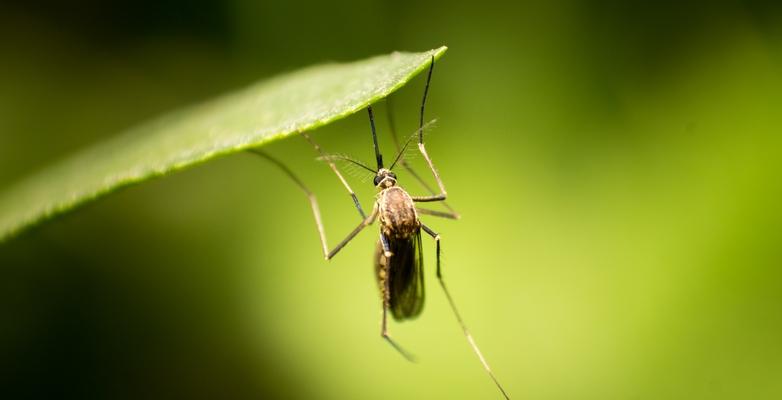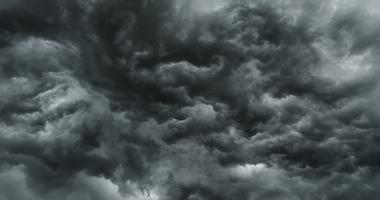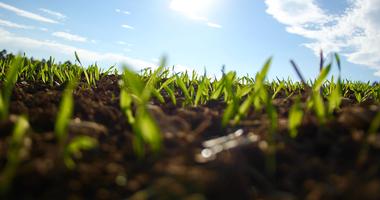
New Diseases Popping Up In Your Area? Blame Climate Change and Deforestation
Burning fossil fuels like coal and oil is causing a climate crisis that’s sending temperatures skyrocketing. It’s killing our crops, making storms more powerful, and causing seas to rise.
It’s also making us sick – and it’s only just getting started.
It’s Getting Pretty Buggy Out There
As humans burn more and more fossil fuels, heat-trapping gases like carbon dioxide are released into our atmosphere. As a result, we’re seeing warmer-than-average years, extreme heat waves, and heavier rains.
AKA: The perfect conditions for insects to thrive.
Mosquitos, in particular, love warm and humid environments, and standing water. Ticks enjoy the heat too. They especially like longer-lasting periods of warm weather and the milder winters many of us are experiencing; they extend their life and breeding cycles, and allow them to move ever-poleward alongside increasing average temperatures.
Mosquitos and ticks are both known as vectors. Vectors are organisms, typically a biting insect, that carry infective pathogens like viruses and bacteria, and transmit diseases or parasites from one animal to another.
Vector-borne diseases include Lyme disease, malaria, West Nile virus, dengue fever, Zika virus, plague, Rocky Mountain spotted fever, and more.
Wet conditions can also lead to outbreaks of waterborne illnesses like Cholera and typhoid fever. These diseases arise when pathogens like bacteria, viruses, and protozoa; harmful algae; and chemicals are introduced into the environment by humans (think agricultural runoff or polluted storm water). Algae and many types of bacteria flourish in warm, wet environments – the kind made all the more common by climate change.
In the blink of an eye, water used to drink or bathe or even play in can easily become a source of disease for millions of people around the world.
In Pakistan, following the country’s “worst floods in recorded history”, incidences of malaria and various other waterborne diseases have been spiking.
Too Close for Comfort
But it’s not just bugs and algae we need to worry about here. Deforestation is helping to drive climate change at the same time that it is bringing us into closer and closer contact with different types of diseases.
Burning trees to clear land releases massive amounts of carbon dioxide directly into the atmosphere, causing temperatures to climb and further drying out nearby remaining forest. Plus, all those destroyed trees represent yet another lost crucial carbon sink, all at a time when we need to be working to get as much carbon out of the air as we can.
Clearing land also means we are taking habitat from native animal species, often driving them closer and closer to human communities. As contact increases, so does the risk of disease transmission from animal to person – and you need look no further than the COVID-19 pandemic and monekypox outbreak to see it in action.
Zoonotic diseases are those that are spread between humans and animals – and researchers believe they will become more and more common as our climate warms.
The reason why is two-fold: first, deforestation is bringing us into closer contact with more and more species of animals, many of which we had limited contact with before; and second, the climate crisis itself is driving some animals from their longtime native homes to new regions – just as it’s doing with some insects.
“Diseases endemic to Latin America's bat population could begin making their way to the American South as Latin America gets warmer, [Dr. Luis Escobar, assistant professor in Virginia Tech's fish and wildlife department] said, which affects the distribution of and quantity of bats,” NPR writes.
What You Can Do
The problem of climate-exacerbated infectious disease spread is likely to get worse before it gets better.
While the rate of deforestation has fallen, “with an average of 25 million acres being cleared each year from 2015 to 2020, down from about 40 million per year in the 1990s,” according to the United Nations (via NPR), we are still clearing forested land at a terrible pace. And with new climate records being set, year after year, the range of few biting insects is likely to shrink, you know?
It a literal plague of locusts out there!
But it doesn’t have to be this way. Not for future generations. Not if we act on climate now.
Are you ready to take the next step in your journey as a climate advocate? Are you looking to join a global network of activists taking action on the front lines? Sign up here to be the first to learn about upcoming Climate Reality Leadership Corps trainings.




